I believe there is no one that does not know what has happened to the East of Japan this March. But to see the wreckage by your own eyes is a completely different story. We here will not describe how we feel, but simply present some facts through the pictures we took. And that, should be more convincing than anything else. All the following pictures in this article were taken in the cities of Ofunato and Kesennuma, 8 months after the tsunami.
The Great Tōhoku Earthquake happened on 2011, March 11th, at 14:46. This being the most powerful earthquake known in Japan, counted for magnitude 9, and soon triggered the gigantic tsunami. In Iwate Prefecture, the place we visited this time, the tsunami waves reached up 40 meters high. With this figure you should not find it hard to understand why the traffic signs or advertisement boards so high are completely torn into pieces.
Another way to measure the earthquake is by looking at the casualty. This time Japan suffered from 15,833 deaths and 5,943 injuries (National Police Agency). This number is not so surprising given the scale of the earthquake. But beyond the loss of family and friends, an even tougher reality is left for Japanese people in Tohoku: the loss of homes. 17,000 houses and buildings were completely destroyed.
If you take a look at the pictures we took of the buildings there, it is quite hard to believe what earthquakes and tsunami can do. Many houses has a whole wall missing, petrol stations left with almost only the roof, bridges fallen down to the river, railway broke, and a huge cruise ship was carried all the way onto the land until crashed into the bank. Everyone was taking pictures of the gigantic ship, as if it is a tourist spot. But I am pretty sure they are of good intention.
The cars piled up in mountains are one of the other famous ‘attractions’. Cars that are completely smashed and squashed into pieces, made you really wonder how they can become like this. Those that still look somewhat like a car are left with a piece of paper, names or phone numbers were written on it. Wonder whether it is for people to come and take them, or dispose them.
It still looks like a big mess after 8 months, but it’s important to notice that huge efforts were deployed to clean the devastated area. You should absolutely check this post on the Sacramento Bee if you have any doubts!
Then there is the one last bit, the soil liquefaction. As we walk around the village, many parts were blocked due to this reason. It is probably one of the really rear occasion when we did not go beyond the “Do not Enter” sign, because the water from the sea has taken over most of these places. However, this time, the brave ones are the children. You can see some small kids playing in the water running around happily, too young to know the real world.
M9 earthquake, 30-40 meters high tsunami, Japan moved 2.4m east, 15,833 deaths, 17,000 houses and buildings destroyed.
The most expensive catastrophe ever.
Want to help ? Please make a donation to the Japanese Red Cross Society using Google.
Click here: Google Crisis Response.
And for more awesome content about Japan, follow Jordy Meow on Instagram ! 🎵

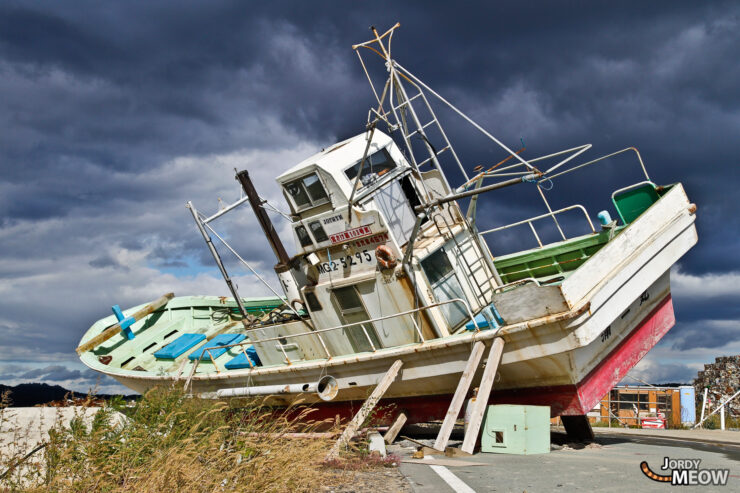
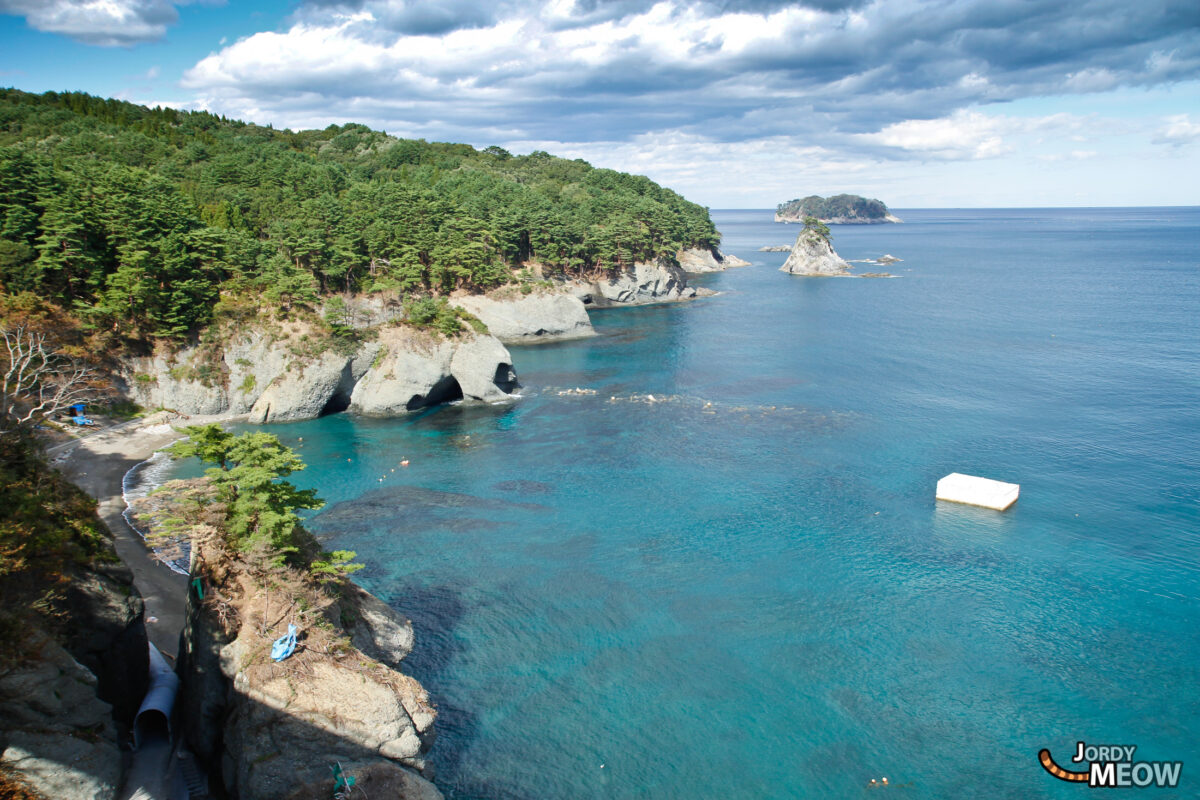
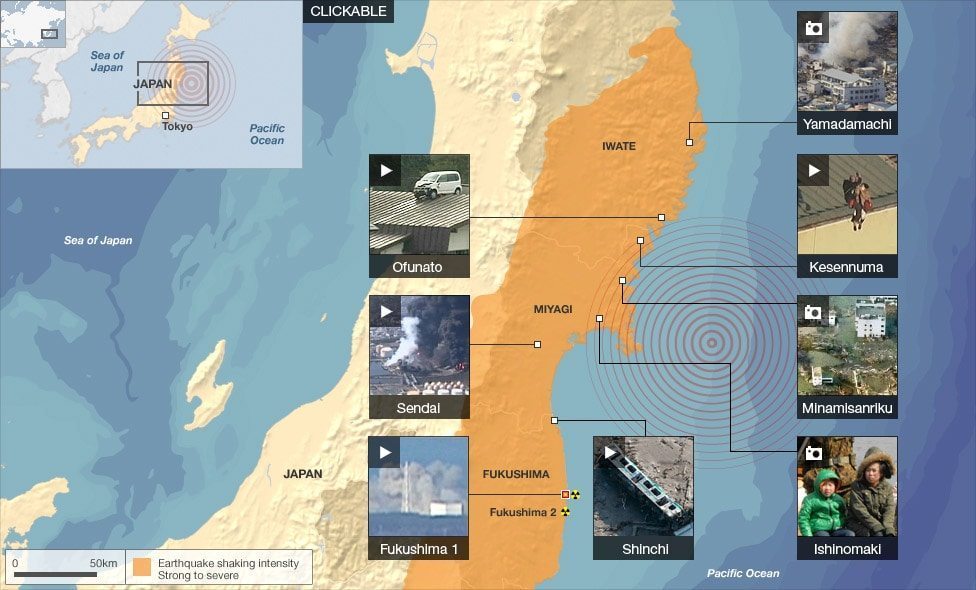
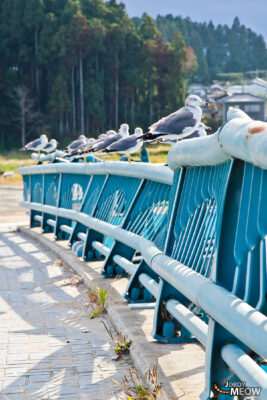

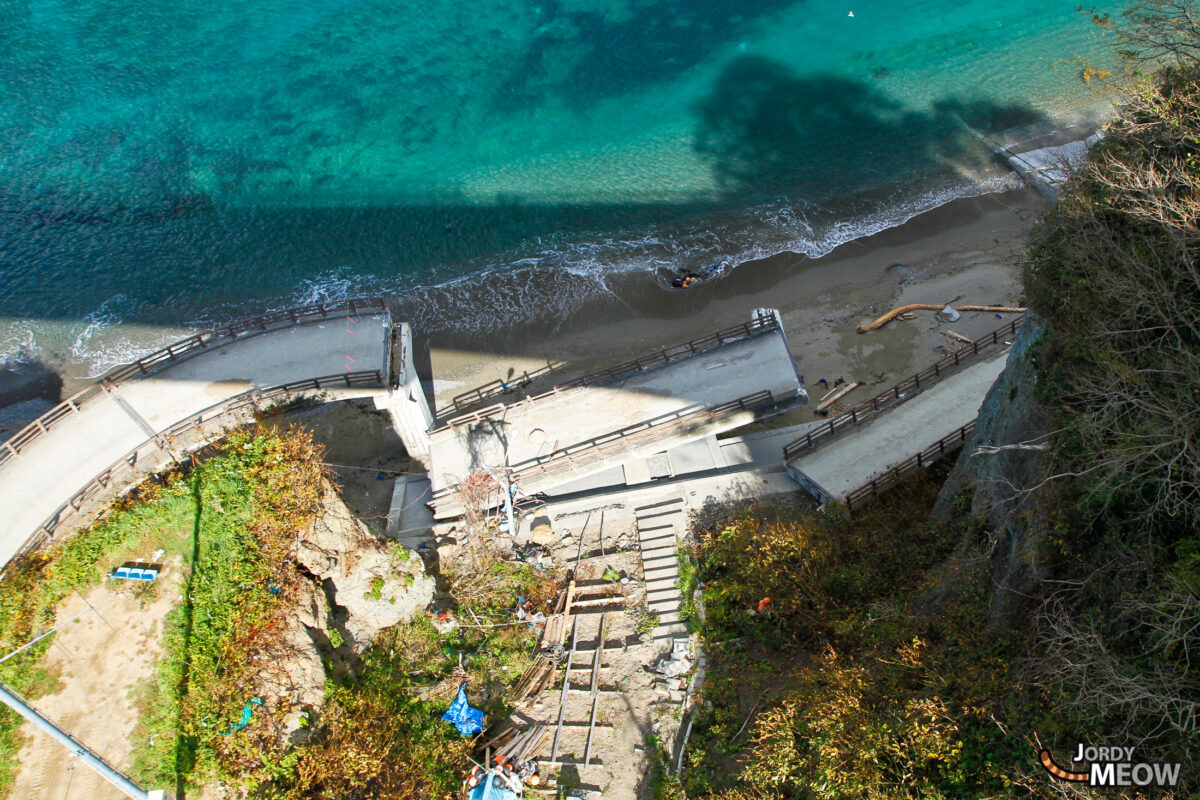

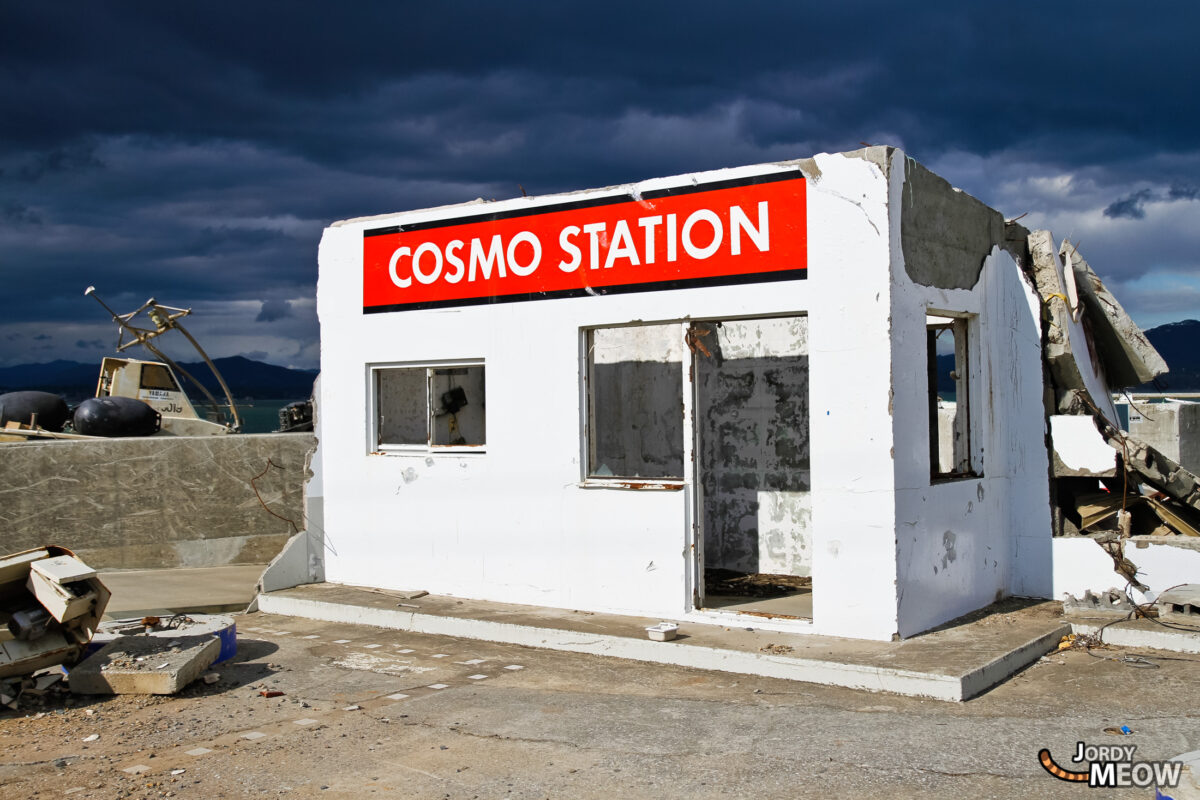
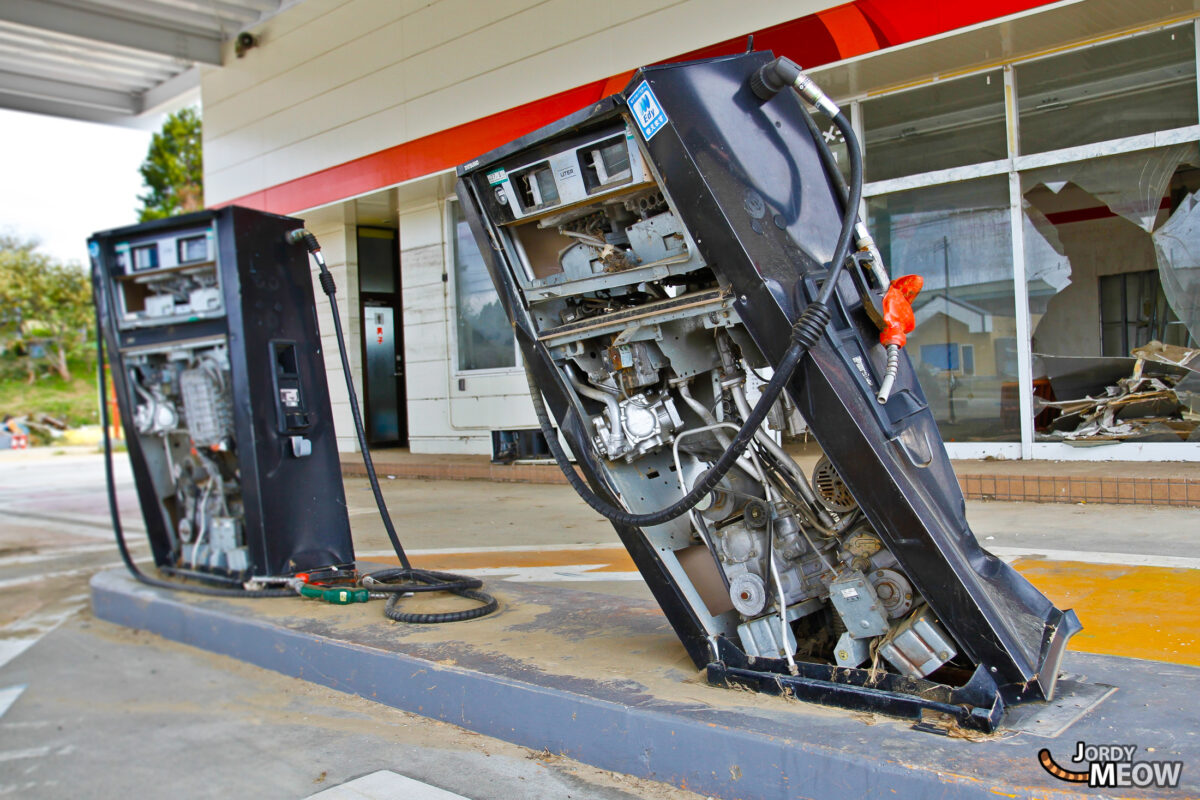


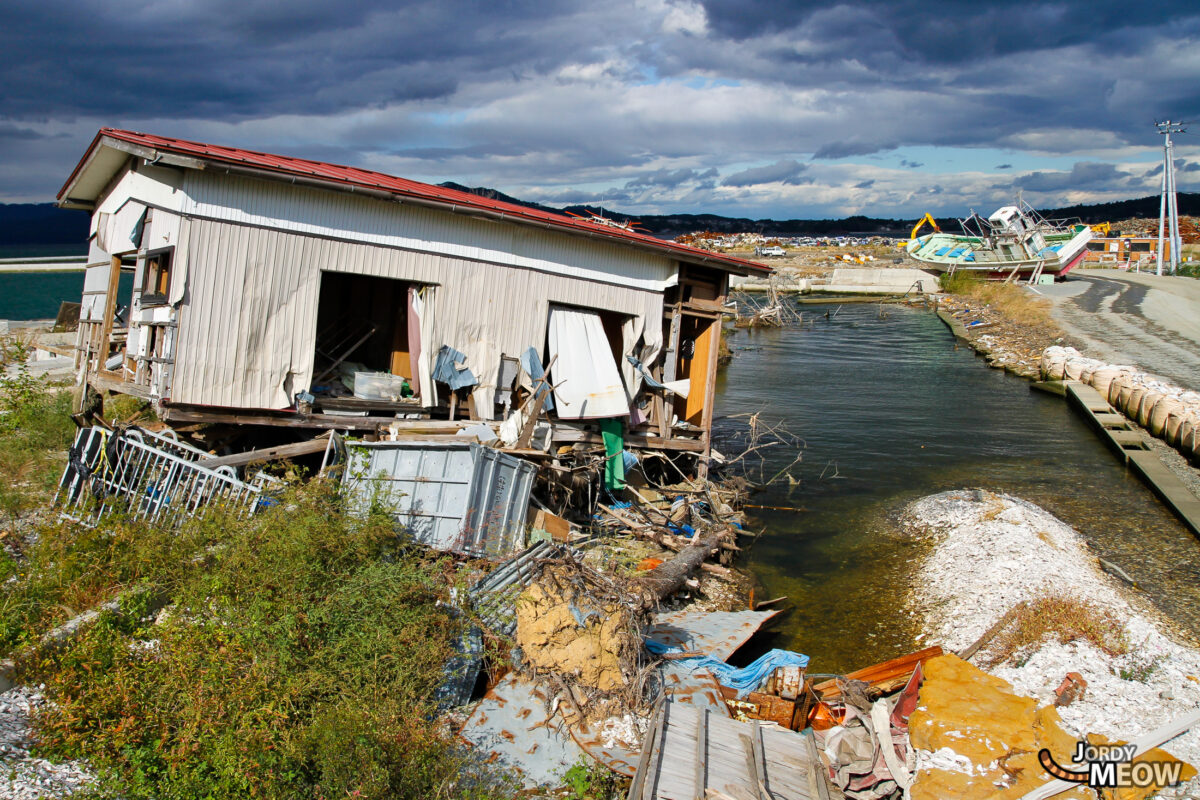
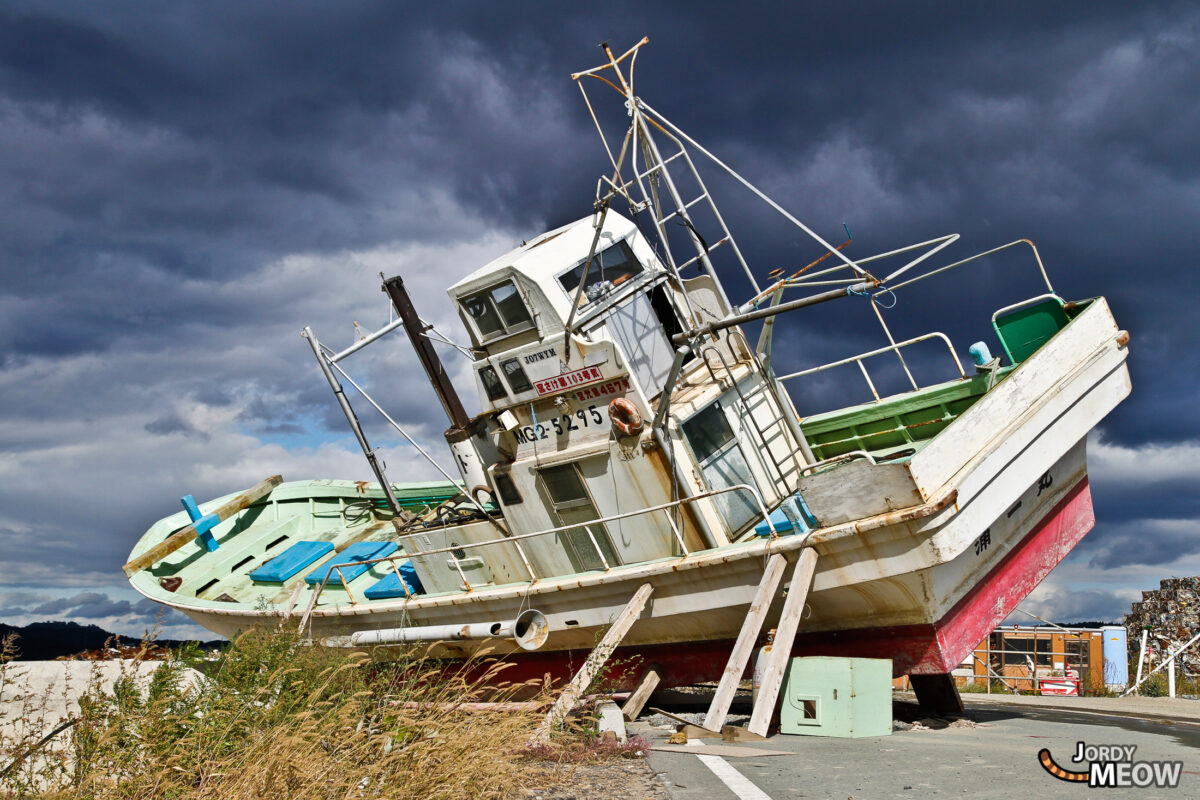
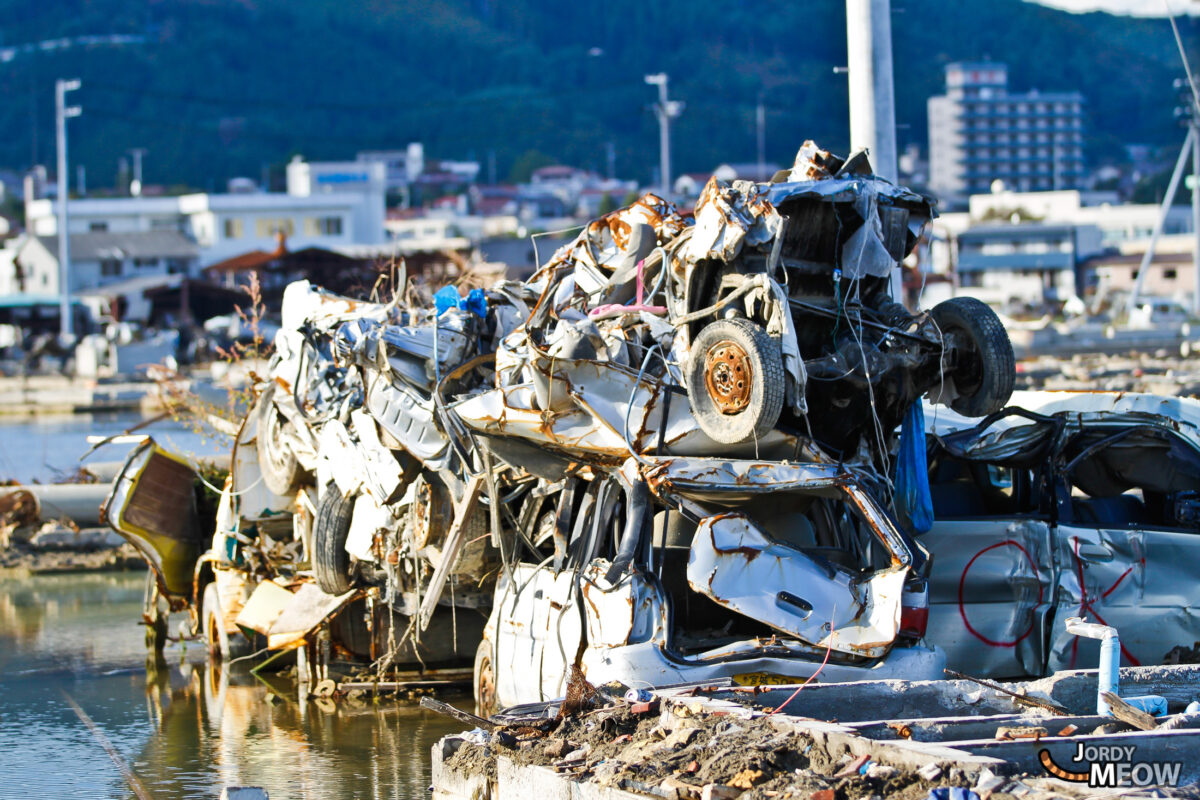
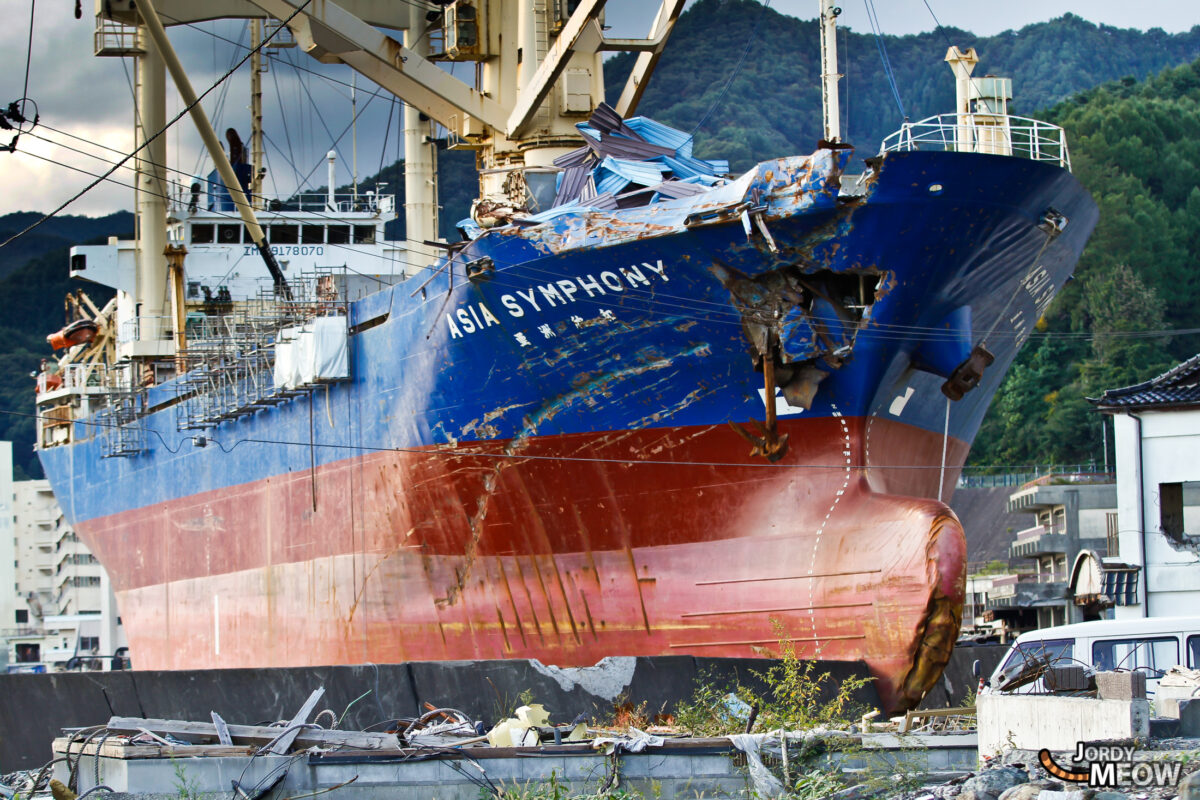
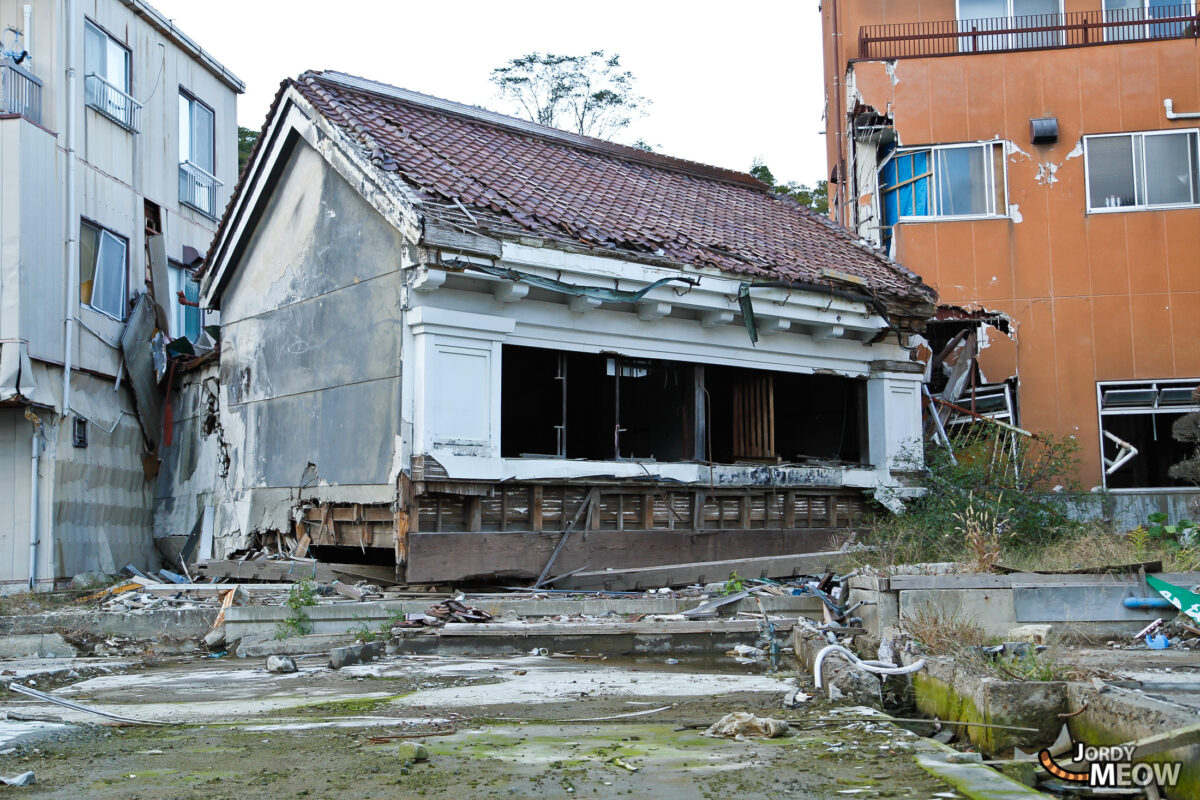
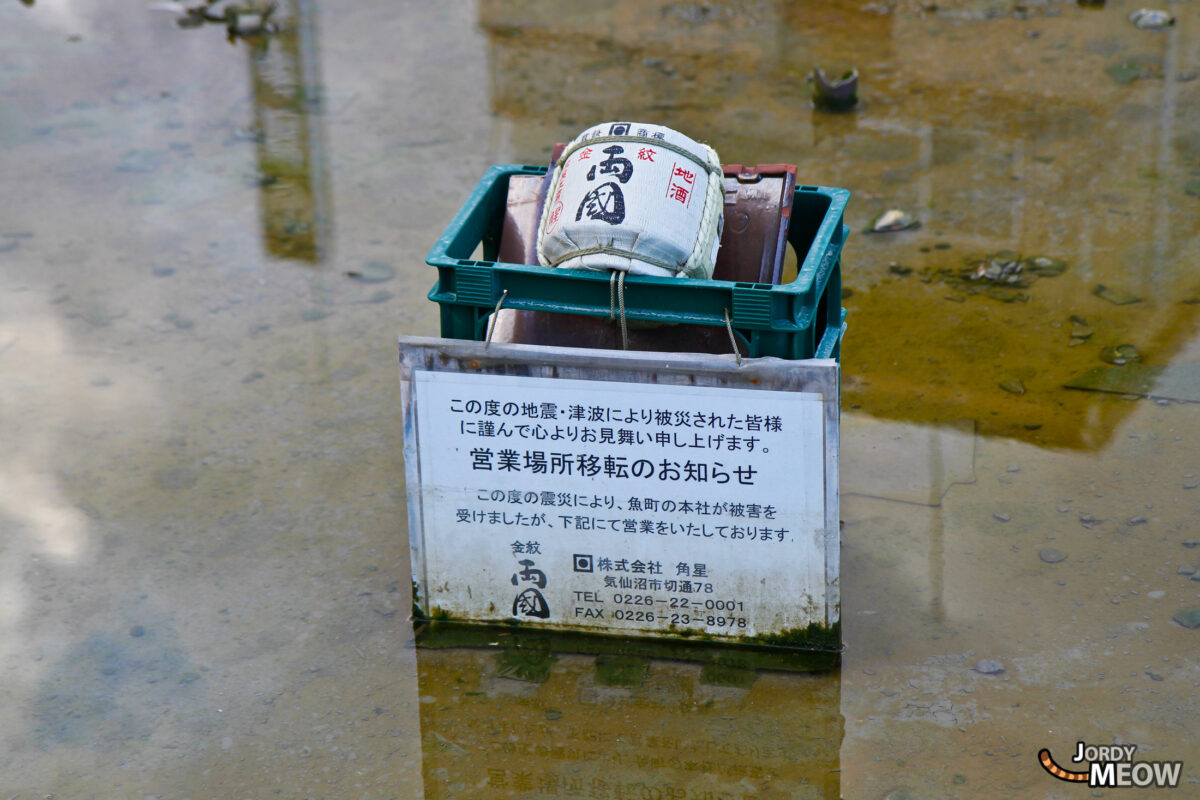
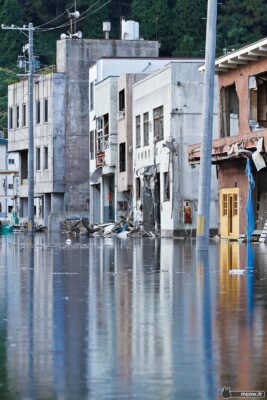
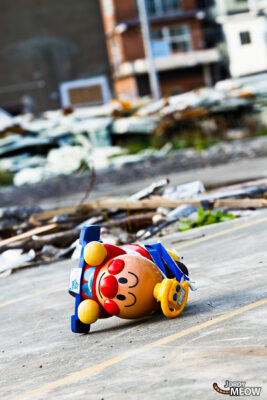
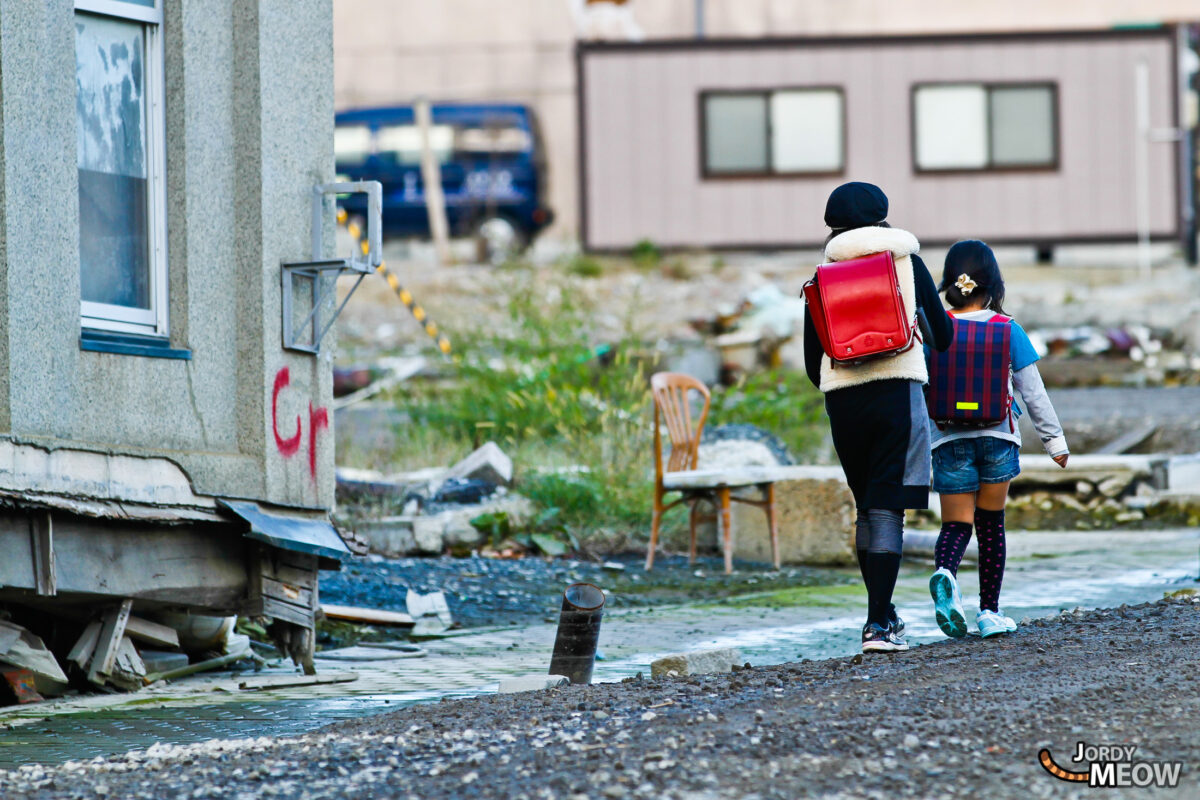
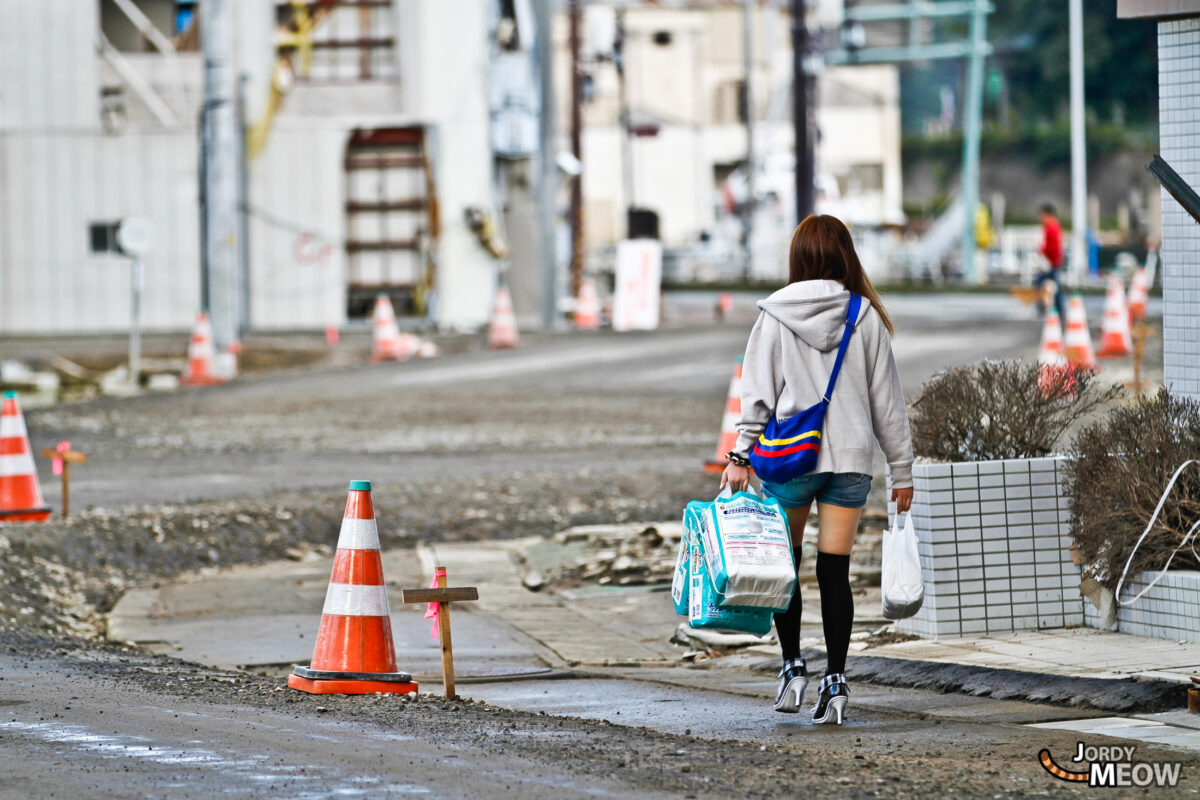

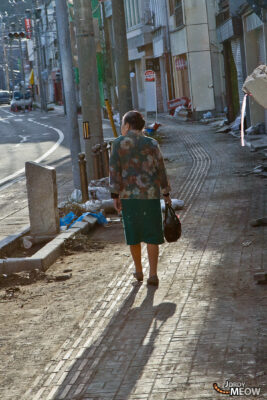
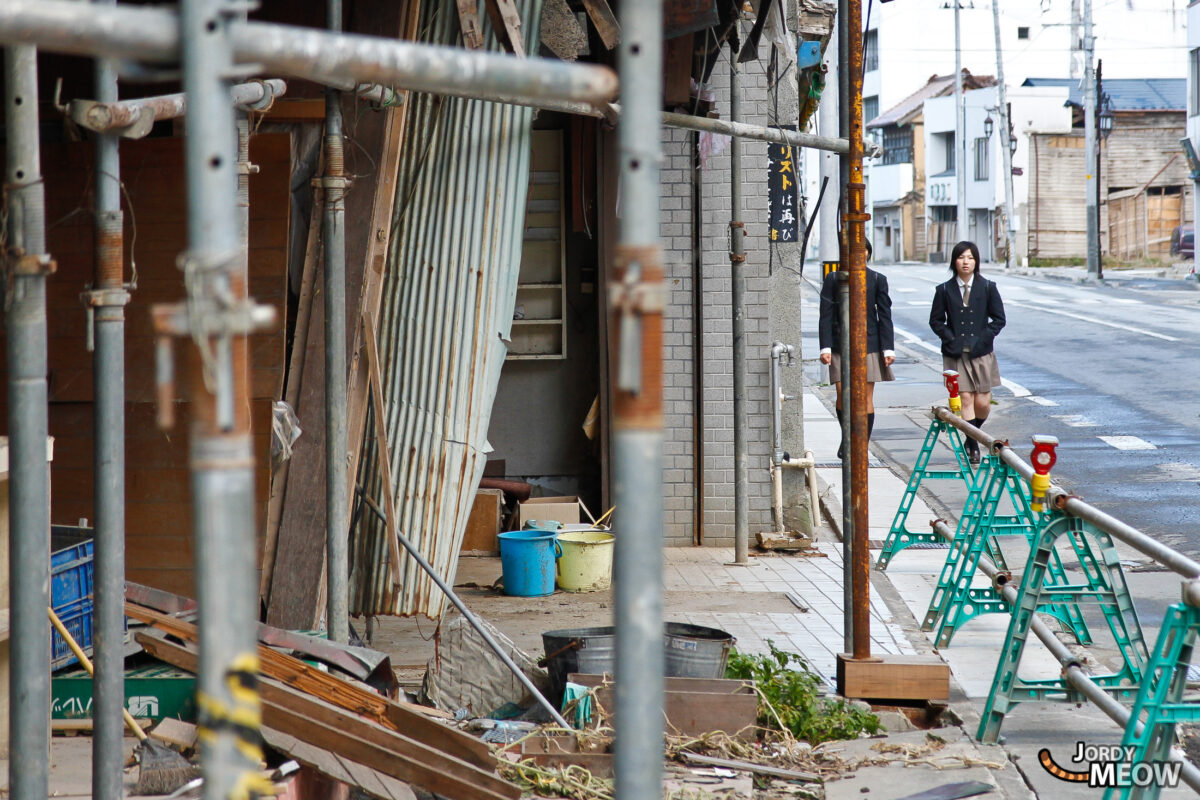

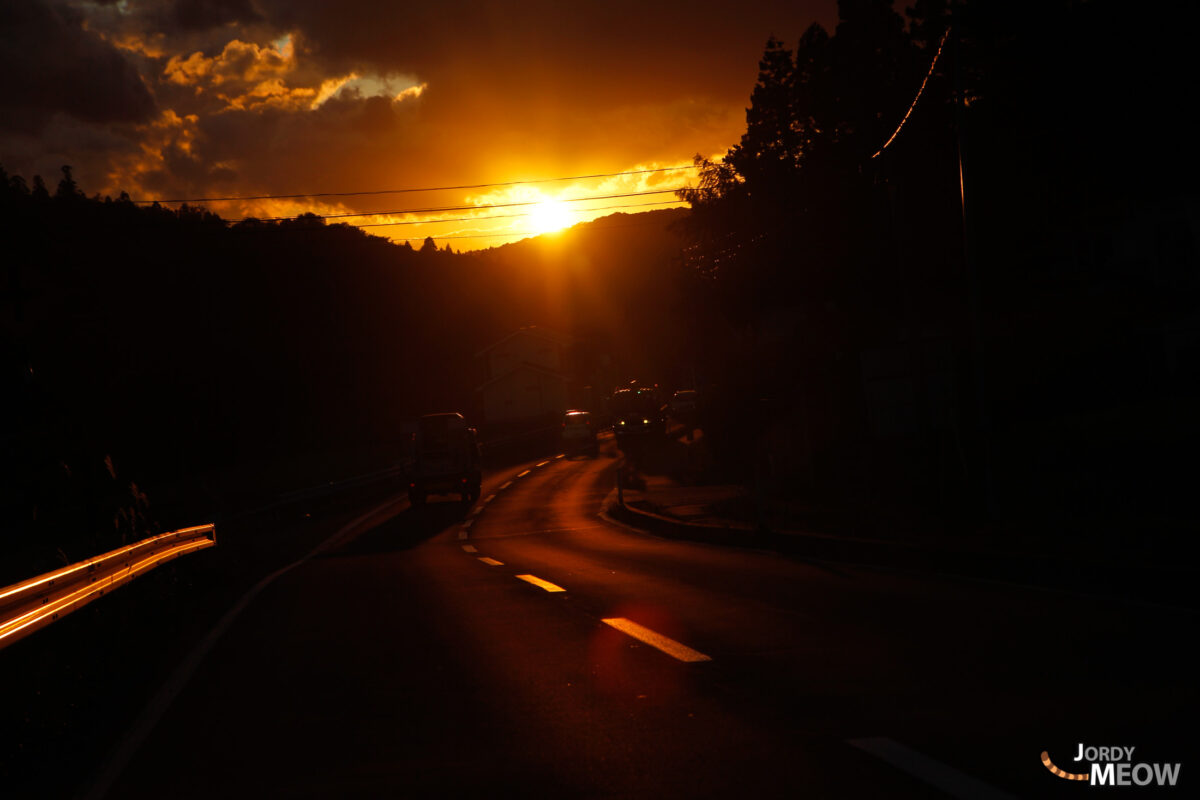
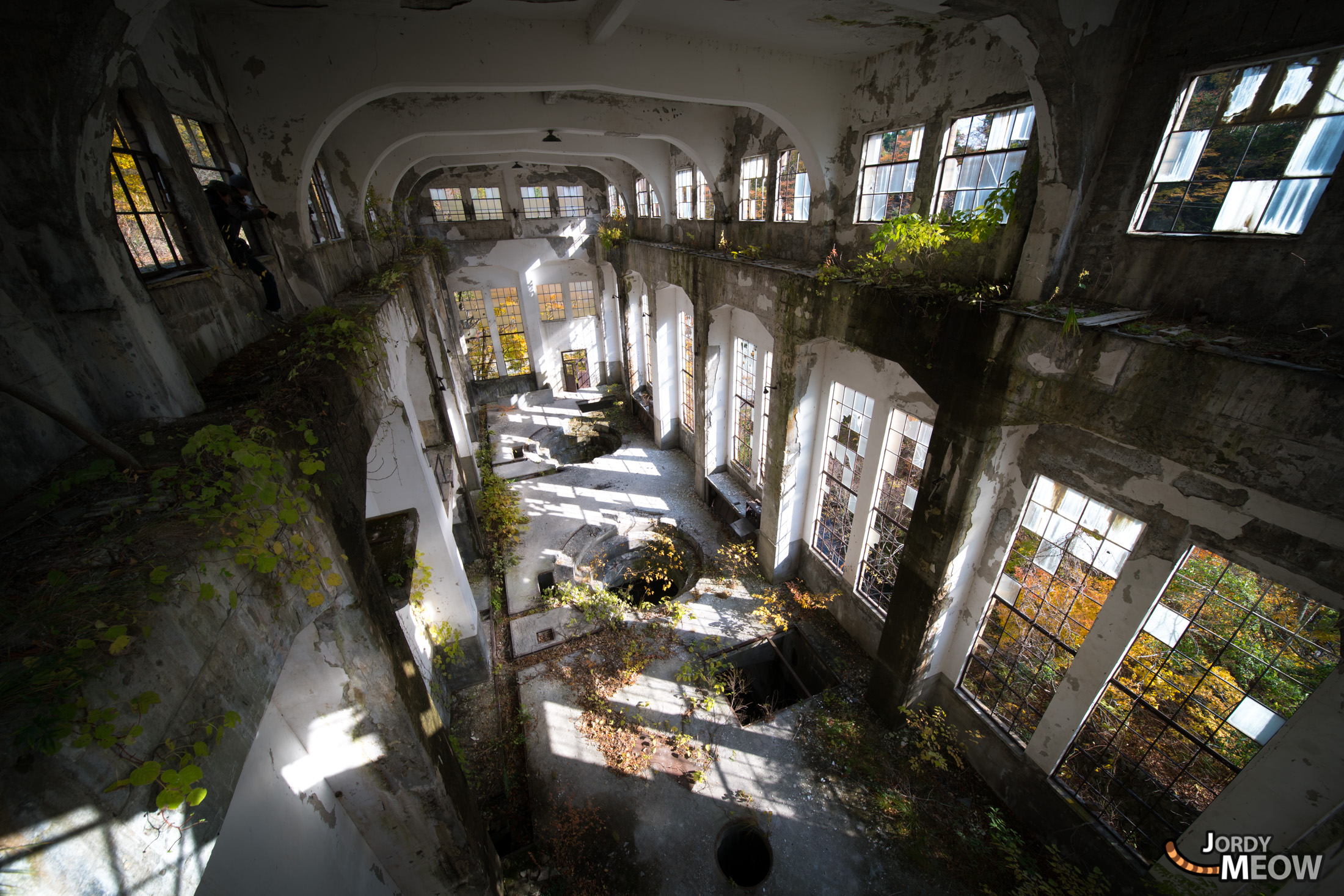
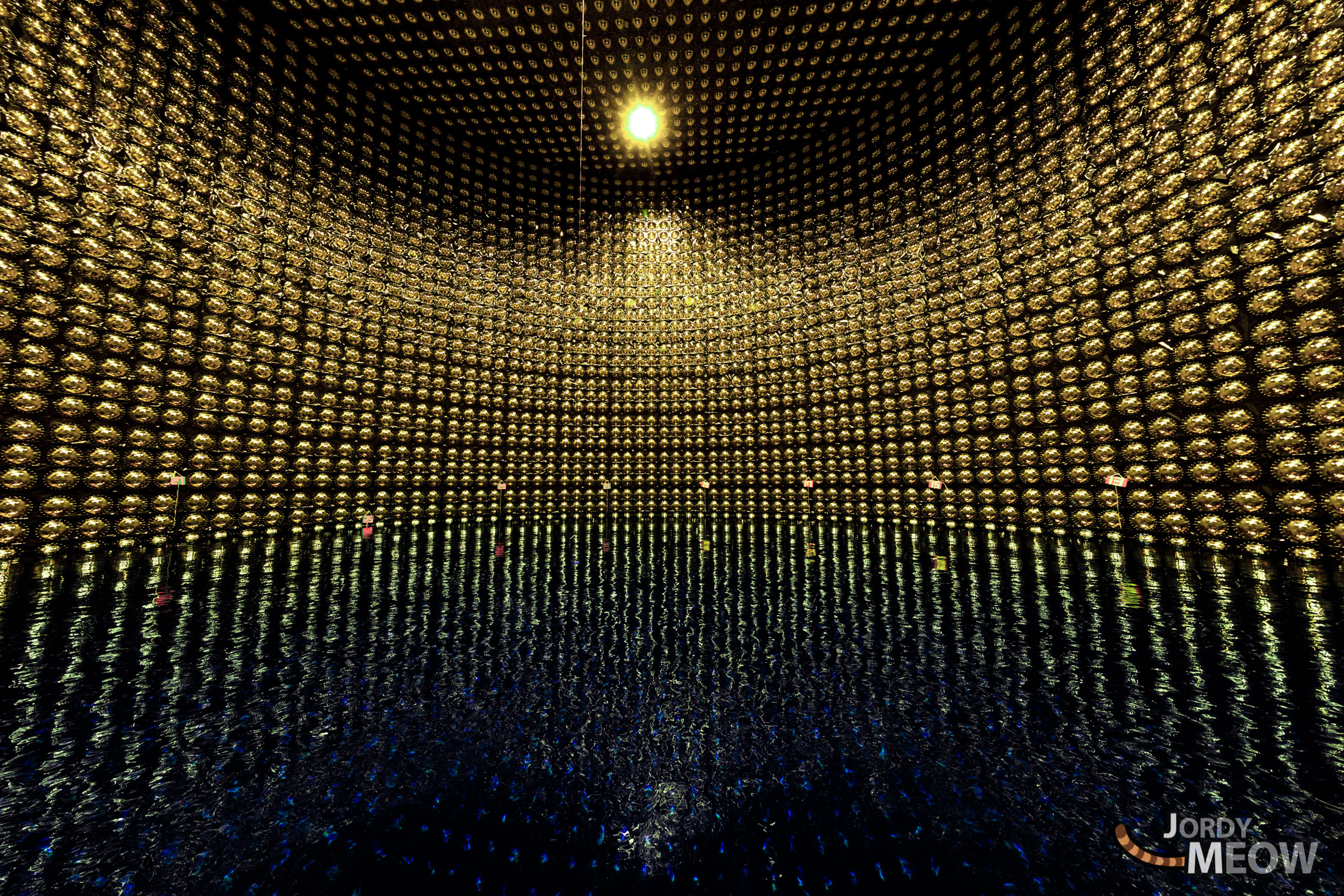
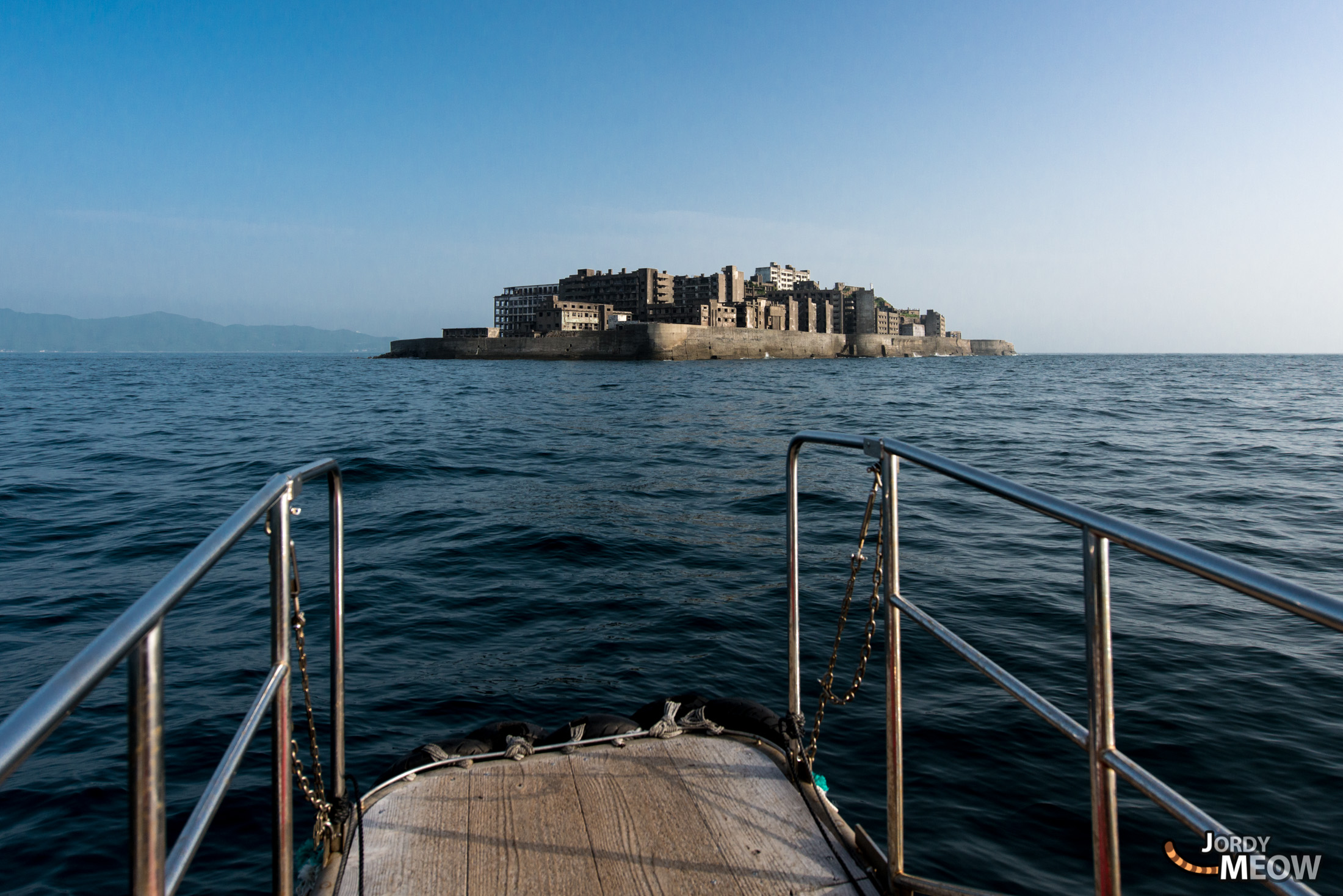
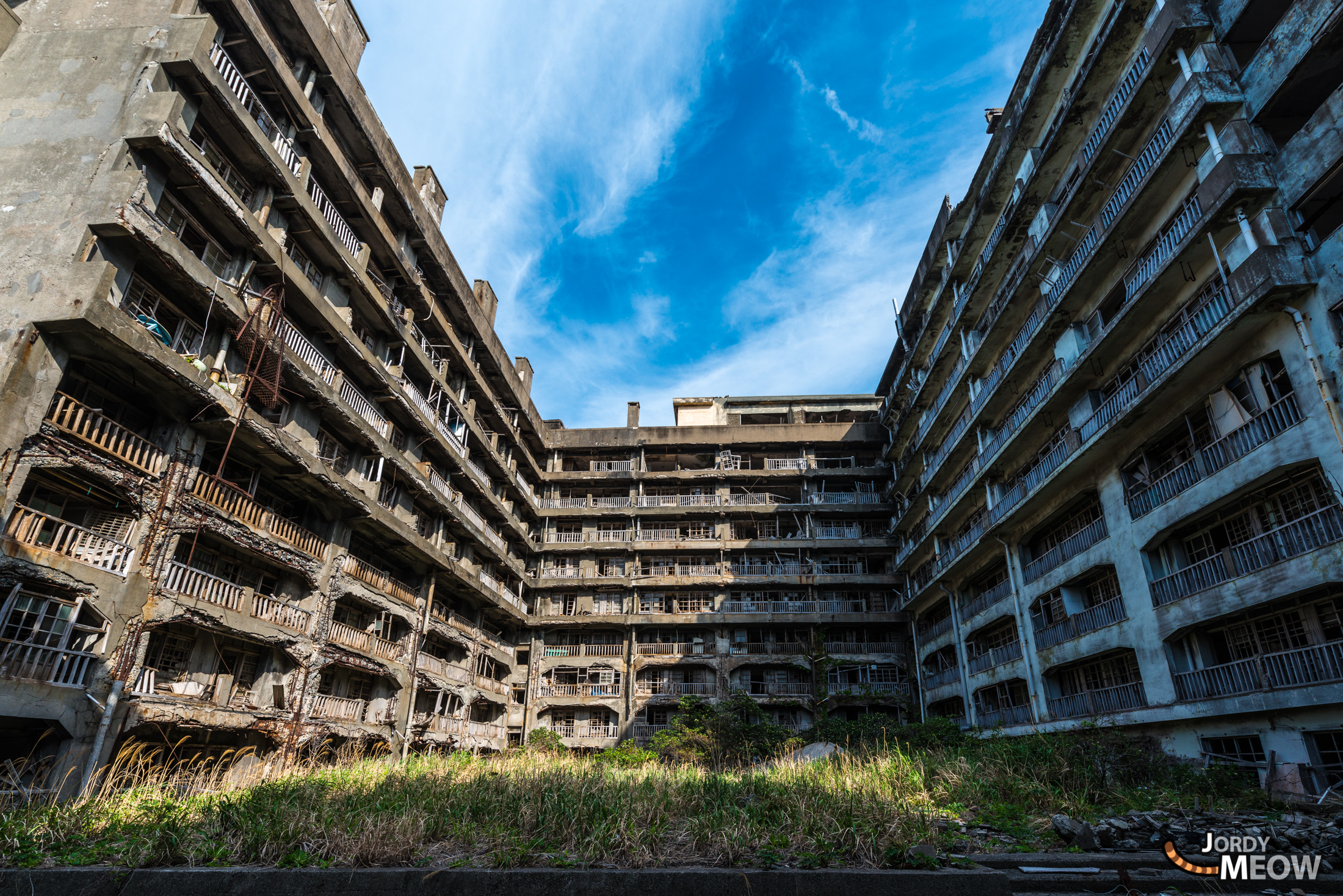
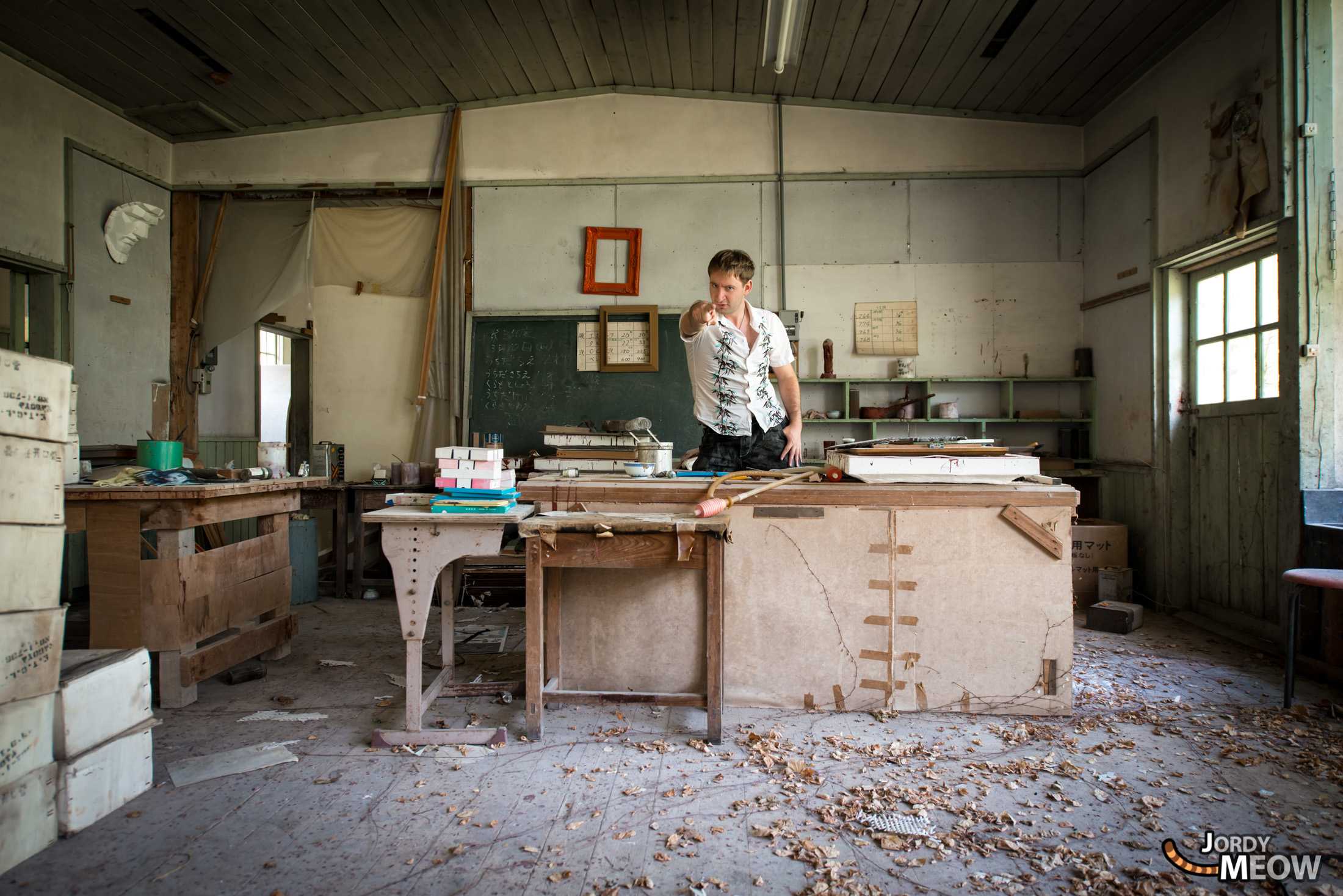











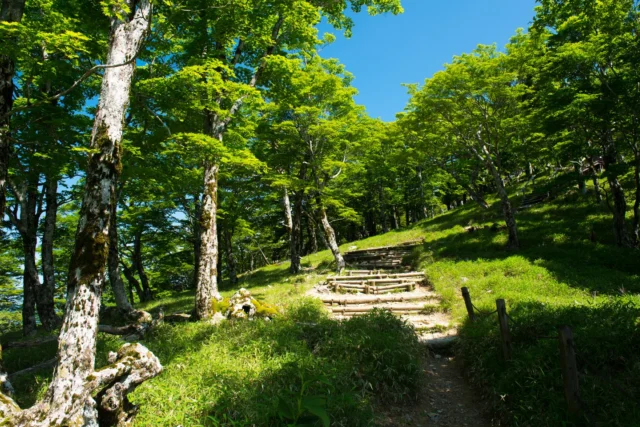

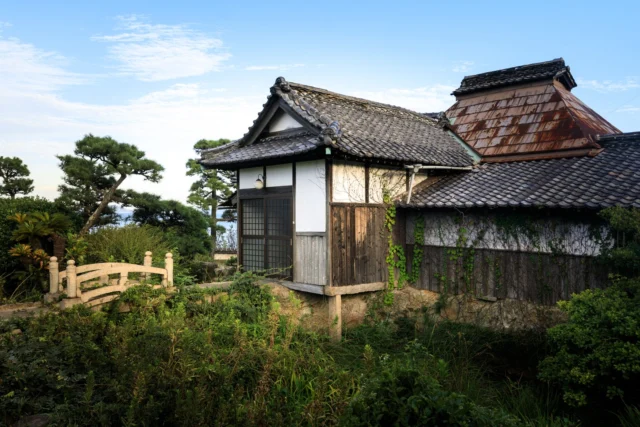

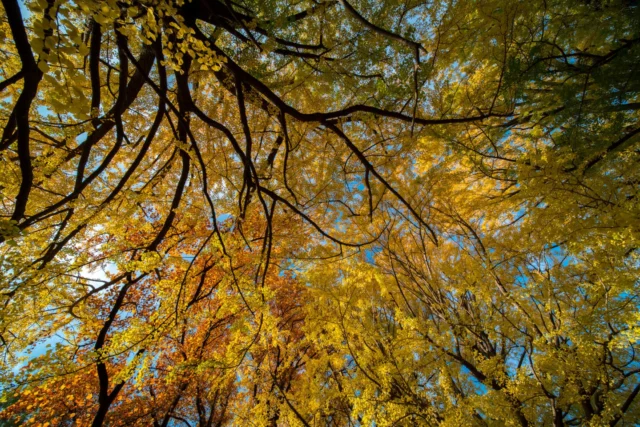
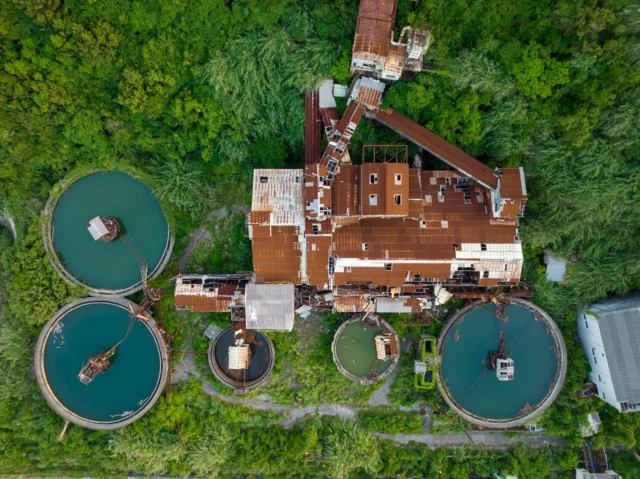
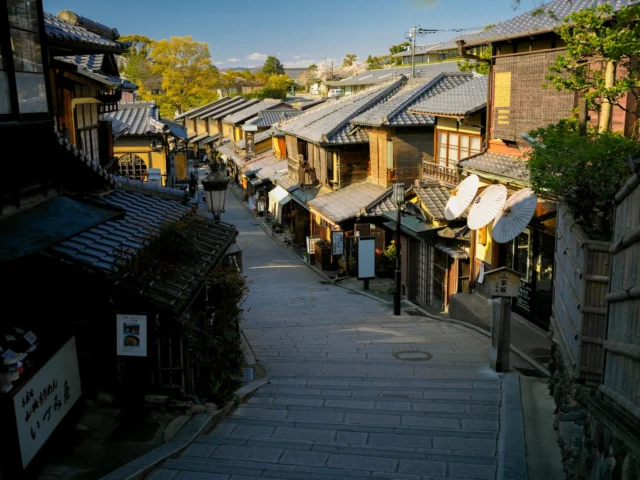
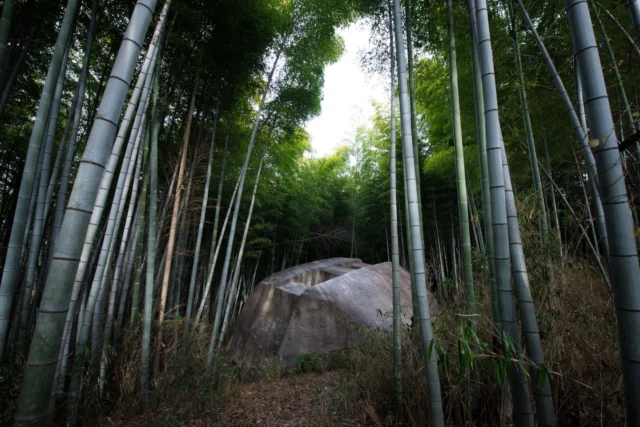
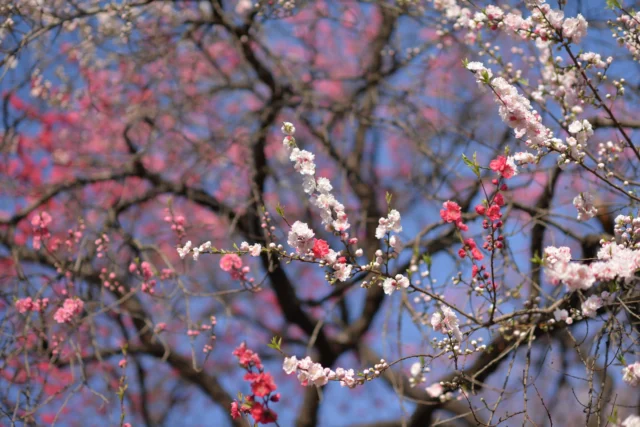
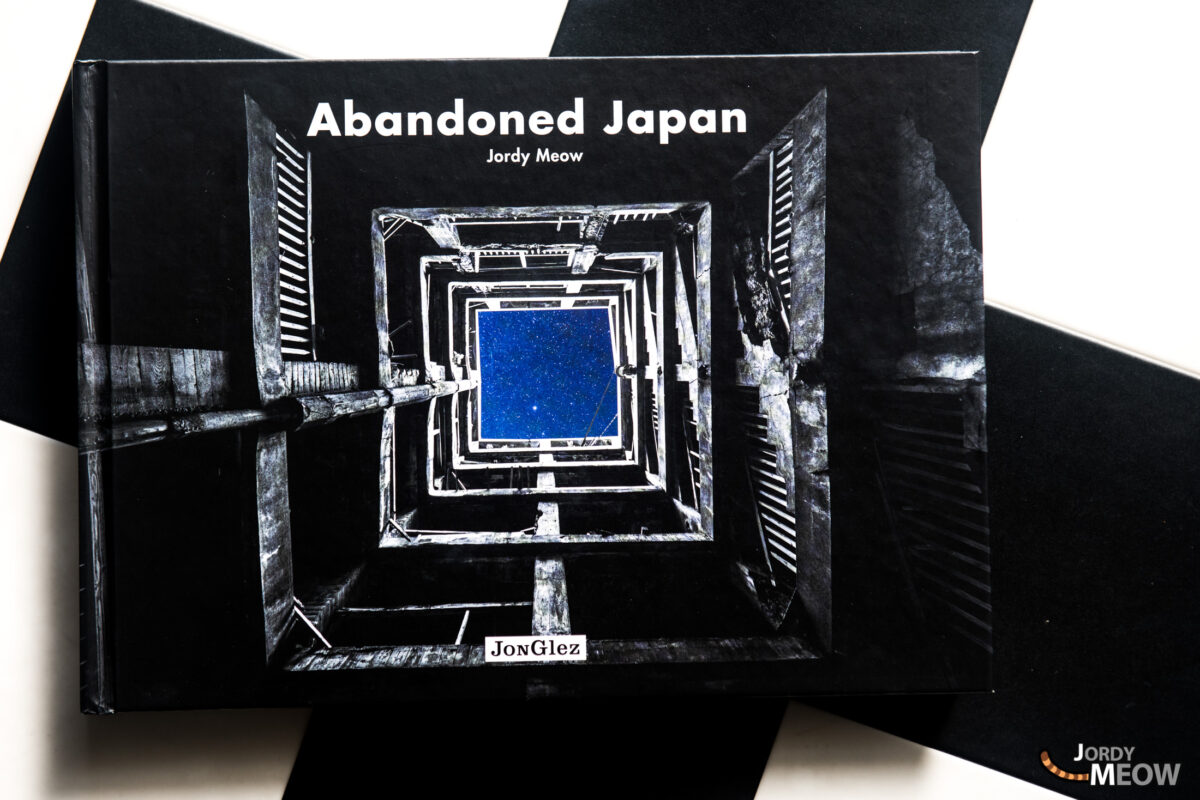

















Slinding House ! Elle résume bien la violence du truc !
Ça doit être assez intéressant de voir une maison se balader…
Je ne sais pas si “intéressant” est vraiment le terme approprié! ^^